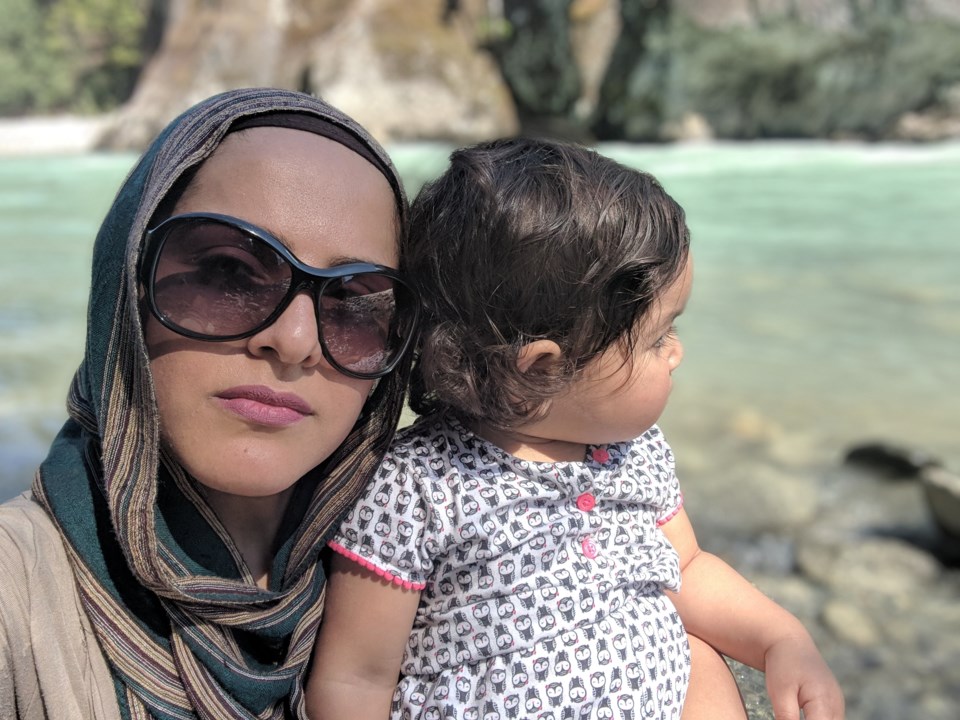Some Richmond parents said they feel their children don’t matter after the provincial government cut $12 million from its budget to the Independent Distributed Learning (IDL) system.
“The timing of the cut is cruel and unfair because many families are facing financial instability due to COVID-19...and now we are being asked to make up the shortfall. The cut impacts families that are already disadvantaged,” said Karima Gardizi, a Richmond mother whose children attend an IDL school.
Children who attend IDL are often victims of bullying or are learners with extra needs, added Gardizi. And many of the families she knows are single-income households as one parent must stay home to help school the children.
The funding change was announced in May and will come into effect on July 1.
Distributed learning schools — both public and independent — allow students to connect with B.C certified teachers to follow the B.C. curriculum from home, or wherever they are. Students can choose to complete the program through distributed learning or blend it with other in-person classes.
In a statement to the Richmond News, the Ministry of Education explained the majority of students in the distributed learning program are associated with public schools (such as Richmond’s Virtual School) and will not be affected by the cuts. Students with special needs will also not be impacted, regardless of whether they are with a private or public school.
However, the 9,375 students enrolled in the distributed learning programs associated with independent schools, and who do not have special needs, will be impacted.
“(But) even with this rate change, total independent DL school funding is expected to increase by four per cent next year to a record high of $84.2 million,” reads the statement.
“Government funding of independent schools is not intended to cover a school’s full operating costs and yet the vast majority of independent distributed learning schools were able to operate without charging tuition,” it adds.
In fact, parents were given a budget of $600 maximum from the school each year and the money allowed them to afford textbooks and extracurricular resources that may otherwise be provided for at a bricks and morter school. But parents might only get $300 to $400 per child following the funding cut, Gardizi explained.
“With the current financial strains on people, some parents can’t afford these fees anymore. These children might be forced back to the public schools where they don’t fit in in the first place. They won’t be able to make it in the long run,” said Gardizi.
Chandra Lee, a mother of two, said the funding reduction will prevent her from providing hands-on learning to her children.
“My kid with attention deficit hyperactivity disorder (ADHD) needs some activities, but I won’t be able to afford these activities due to the cut. It’s prejudiced against kids who learn slower and need to learn differently,” said Lee.
Parents don’t need to pay tuition for most IDL schools, but they are going to pay out of pocket for many other things, such as textbooks and other learning supplies, said Gardizi, adding a few IDL schools might have to charge tuition after the cut.
“Children are most affected by this situation. We all have the right to educate our children the way we think it’s the right way for them,” added Gardizi.



